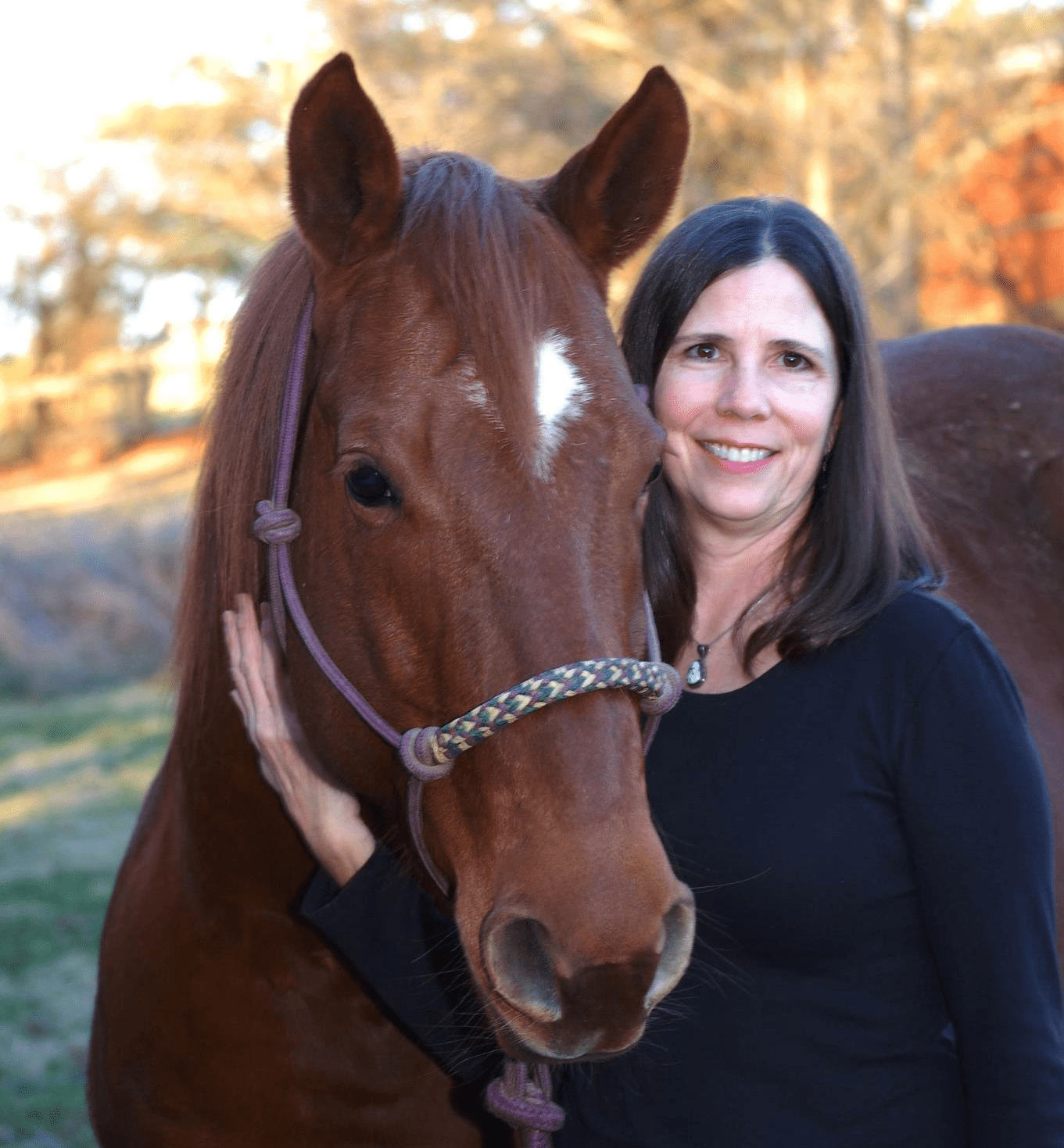EPM Vaccine
On Dec. 18, 2000, a vaccine to prevent EPM was approved by the USDA. As of Jan. 25, a total of 43 states had approved the use of the EPM vaccine under USDA conditional licensure. The vaccine must be used under the supervision of a

On Dec. 18, 2000, a vaccine to prevent EPM was approved by the USDA. As of Jan. 25, a total of 43 states had approved the use of the EPM vaccine under USDA conditional licensure. The vaccine must be used under the supervision of a
One of the most commonly diagnosed bacterial problems in California (and several other western states) is dryland distemper, otherwise known as pigeon fever. This disease is caused by Corynebacterium pseudotuberculosis and is seen
The Kentucky Association of Equine Practitioners honored Steve Conboy, DVM, as its first Distinguished Life Member. Conboy, who retired as Secretary/Treasurer of the group after 18 years of service, was named 1990 Kentucky Veterinarian of the
At a joint meeting of the Kentucky Association of Equine Practitioners (KAEP) and the Kentucky Veterinary Medical Association (KVMA), pharmaceutical giant Boehringer Ingelheim Vetmedica presented a check for $17,161.12 to the KVMA Foundation to
Results from the survey of 133 farms in Central Kentucky regarding the early fetal loss and late-term abortions that occurred this spring substantiated some of the preliminary ideas held by researchers and veterinarians. The survey also put to
This survey was to identify risk factors, not causes, emphasized Roberta Dwyer, DVM, MS, Dipl. ACVPM, of the University of Kentucky’s Gluck Equine Research Center. Dwyer led the team that surveyed 133 Central Kentucky farms. Some farms were”P>This survey was to identify risk factors, not causes, emphasized Roberta Dwyer, DVM, MS, Dipl. ACVPM, of the University of Kentucky’s Gluck Equine Research Center. Dwyer led the team that surveyed 133 Central Kentucky farms. Some farms w”>This survey was to identify risk factors, not causes, emphasized Roberta Dwyer, DVM, MS, Dipl. ACVPM, of the University of Kentucky’s Gluck Equine Research Center. Dwyer led the team that surveyed 133 Central Kentucky farms. Some farms”This survey was to identify risk factors, not causes, emphasized Roberta Dwyer, DVM, MS, Dipl. ACVPM, of the University of Kentucky’s Gluck Equine Research Center. Dwyer led the team that surveyed 133 Central Kentucky farms. Some farm”This survey was to identify risk factors, not causes, emphasized Roberta Dwyer, DVM, MS, Dipl. ACVPM, of the University of Kentucky’s Gluck Equine Research Center. Dwyer led the team that surveyed 133 Central Kentucky farms. Some farm”his survey was to identify risk factors, not causes, emphasized Roberta Dwyer, DVM, MS, Dipl. ACVPM, of the University of Kentucky’s Gluck Equine Research Center. Dwyer led the tea”is survey was to identify risk factors, not causes, emphasized Roberta Dwyer, DVM, MS, Dipl. ACVPM, of the University of Kentuc”s survey was to identify risk factors, not causes, emphasized Roberta Dwyer” survey was to identify r
Conscientious horse owners do everything possible to take care of their horses. They vaccinate appropriately, deworm on a regular basis, feed a balanced diet, and provide a proper environment for the well-being of their horses. But even the best
More than 50 years ago, horses at The Jockey Club in San Paulo, Brazil, were suffering from a neurologic disease that caused muscle wasting. In 1964, that same disease was seen in North America. Robert MacKay, BVSc, PhD, Dipl. ACVIM, of the
Several states, especially Kentucky, were struck this spring with a series of mysterious syndromes, the worst of which caused early fetal loss and late-term abortions in a large population of mares in Central Kentucky. The losses in the
Because of our closeness to nature and our dealings with domestic creatures that still exhibit many of their wild instincts, horse owners are blessed with a high sense of survival. (How many times have you almost been hurt by horses, but
This magazine contains a tremendous amount of factual information about the health problems that are occurring in Kentucky, Ohio, and other states this spring. We also are continuously updating our web site as news becomes available. But there
The recent release of the national study on the impact of the horse industry on the U.S. economy should make horse owners feel proud (page 6). Our $112.1-billion impact on the economy is staggering, and the $25.3-billion value of goods and
The Thoroughbred racing and breeding industries in Louisiana were influential in funding and building the veterinary school at Louisiana State University in Baton Rouge, but the school serves all the state’s horses and their owners. Although one
I’m not happy, but I am satisfied. I’m not happy because I still think there are more questions than answers about letting horses positive for piroplasmosis enter the United States and compete in the Olympics. I’m not happy because I think this
A horse’s teeth begin to erupt in the first few days after birth, and continue to grow throughout most …
Stay on top of the most recent Horse Health news with